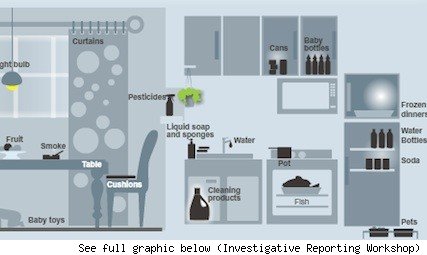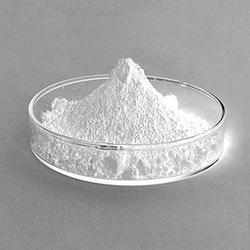A radioactive water well that is controlled by the City of Houston, and that serves residents of Jersey Village, is no longer being used, according to the communications director for Houston Mayor Annise Parker.
On Monday, a KHOU-TV investigation revealed Jersey Village water well #3 was one of 10 water wells identified by recent federal tests as having tested high for a particularly damaging form of radiation called alpha radiation.
As recently as two weeks ago, city officials had said that same well, and nine others across the city, remained online and "available for use," even after being identified in a draft report by the United States Geological Survey as testing high for radioactive contaminants that are known to immediately increase risks for cancer.
In addition, the city says it is no longer using Spring Branch water well #6. That well was found to have smaller levels of radiation by the draft USGS report, but not enough to approach the legal limit. Instead, the federal agency found it had tested double the legal limit for arsenic, another carcinogen that can cause cancer and other ill health effects.

